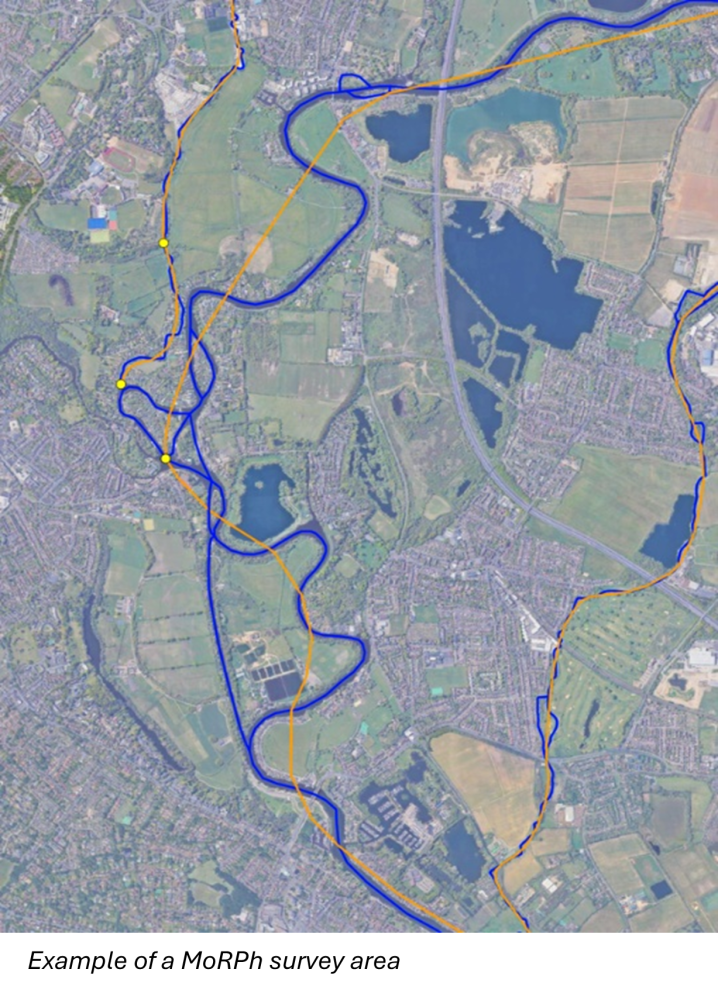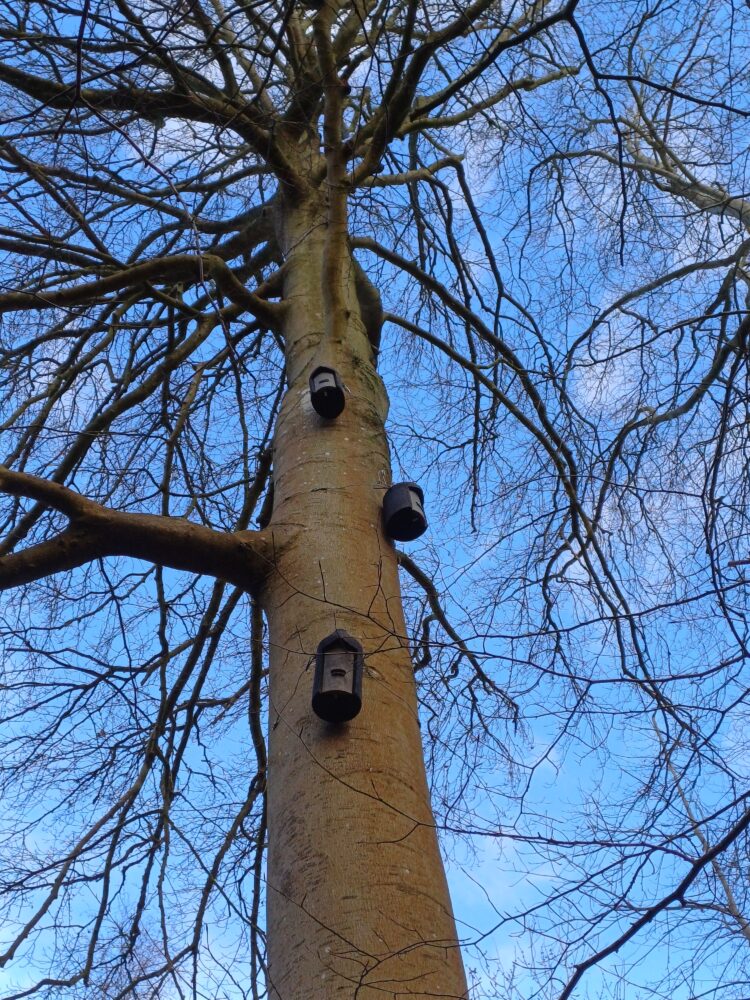National Utilities – Biodiversity Enhancement
Keystone Ecology were commissioned by a national utilities company to undertake UK Habitat Classification surveys and condition assessments of 150 sites in the south-east of England and Scotland, and develop suitable Biodiversity Net Gain (BNG) enhancement strategies for site management and a potential BNG Habitat Bank.







